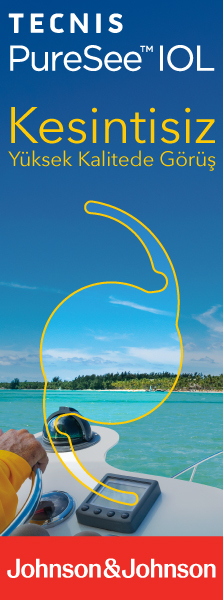Materials and Methods: Intravitreal Bevacizumab was prepared in 3 different groups from 100 mg / 4 ml Bevacizumab (Altuzan-Roche / USA) vial produced for parenteral use under laboratory conditions. The first two groups were formed by two blinded ophthalmologists, who had previously had experience in preparing intravitreal injections, by asking them to prepare 12 intravitreal Bevacizumab doses (1.25 mg / 50 ?l) of insulin injectors. Group 3 was prepared by taking a fi xed dose of 50 ?l volume using a Hamilton injector. Samples were evaluated by spectrophotometric analysis. The calibration graph was drawn and the results obtained in the study were determined within the 95% confidence interval.
Results: Samples were evaluated in three groups. The mean amount of Bevacizumab prepared in Group 1 was 84.964 ± 6.03 ?l, while it was 58.48 ± 5.65 ?l in Group 2. The difference was statistically significant between the two groups. There was also a statistically signifi cant difference between the two groups with the samples prepared using a Hamilton injector.
Conclusion: The use of intravitreal bevacizumab is discussed with the latest decision for intravitreal injections, especially because of the increased risk of endophthalmitis. In addition, it is not possible to prepare a fixed amount of medicine for each patient due to handmade division. The drug should be available in a disposable syringe suitable for intravitreal use.
Keywords : Bevacizumab, Intravitreal Injections, spectrophotometry, Clinical effectiveness




